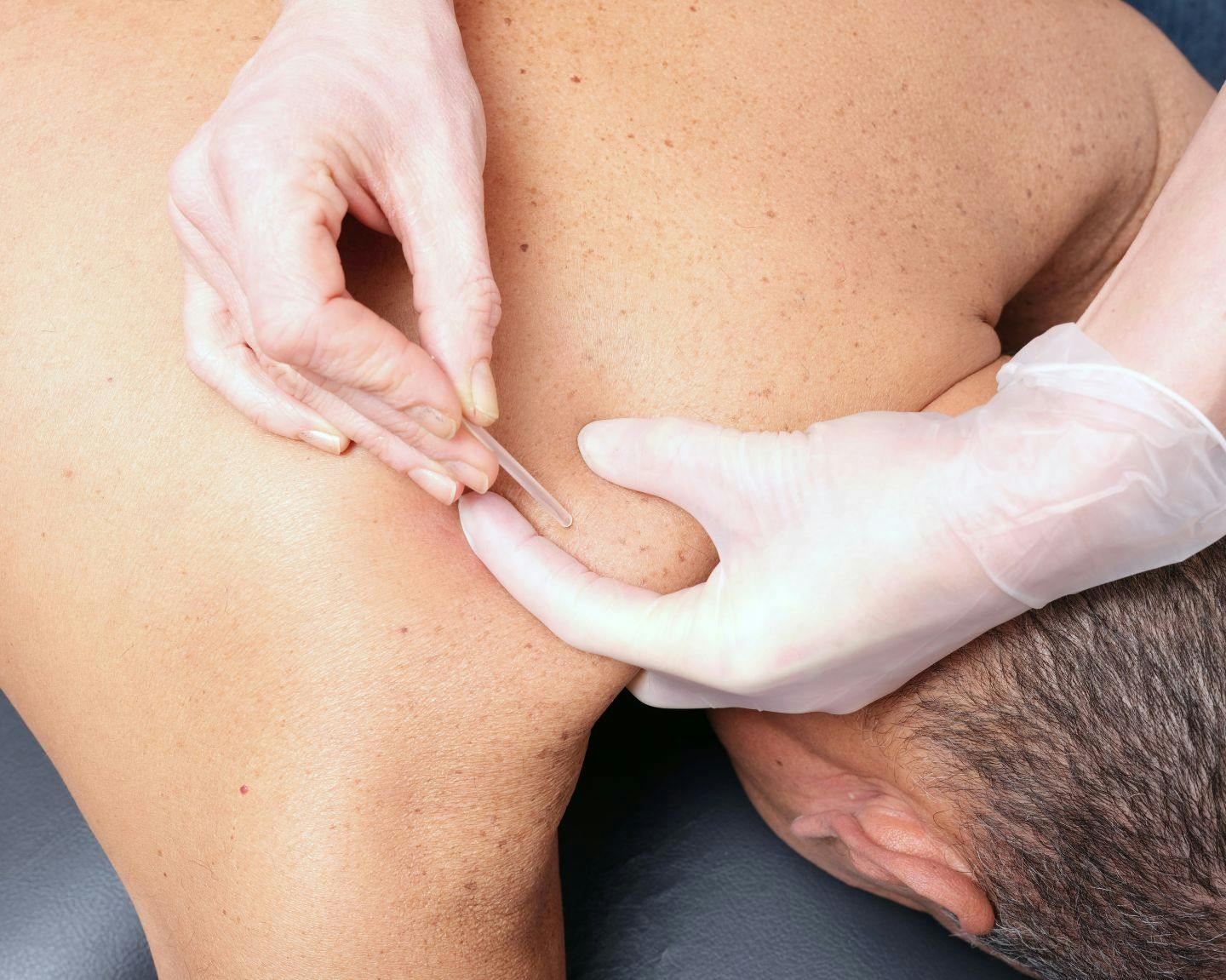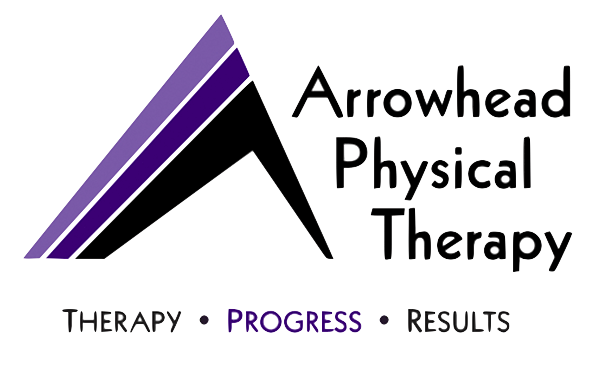
Trigger point dry needling is physical intervention that uses dry needles to stimulate trigger points, diagnose and treat neuromuscular pain and functional movement deficits.1
As the name implies, dry needling is primarily directed at myofascial trigger points, which are defined as “hyperirritable spots in skeletal muscle that are associated with a hypersensitive palpable point in a taut band.”2
Physical therapists around the world practice trigger point dry needling as part of their clinical practice and use the technique in combination with other physical therapy interventions. A high degree of kinesthetic perception allows a physical therapist to use the needle as a palpation tool and appreciate differences in the density of those tissues pierced by the needle.3
Although some people refer to trigger point dry needling as a form of acupuncture, it did not originate as part of the practice of traditional Chinese acupuncture. The difference being that there are distinct anatomical locations of myofascial trigger points within muscle tissue, whereas acupuncture points have point specificity on the body.
Intramuscular therapy has been very successful for patients with chronic low back pain and sciatica symptoms. Shortening of the Para spinal muscles, particularly the multifidi muscles, can lead to disc compression, narrowing of the intervertebral foramina, and/or cause direct pressure on the nerve root, which subsequently would result in peripheral neuropathy and compression of super sensitive pain receptors, resulting in pain and dysfunction.4,5
In layman’s terms, the treatment uses acupuncture needles, to target specific muscles that have contracted and become shortened. These shortened muscles compress and irritate the nerves. This treatment can greatly reduce tightness and pain, while increasing flexibility and range of motion.
The treatment involves dry needling of affected areas of the body without injecting any substance. The needle sites can be targeted at the site of taut, painful muscle bands, and/or can be near the spine where the nerve root may have become irritated and super-sensitive.
It is important to note that needling of a normal muscle is painless. In contrast, a shortened muscle will ‘grasp’ the needle and produces a cramping sensation. Intramuscular dry needling can reduce pain and soften these trigger points, while increasing flexibility and range of motion. (https://www.diversifiedhealth.ca/guest-bloggers/3043/)
- Dommerholt J, Mayoral del Moral O, Grobly C. Trigger point dry needling. The Journal of Manual & Manipulative Therapy2006; 14(4): E70-87.
- Simons DG, Travell JG, Simons LS. Travell and Simons’ Myofascial Pain and Dysfunction: The Trigger Point Manual. Vol 1. 2nd ed. Baltimore, MD: Williams & Wilkins, 1999.
- Mayoral del Moral O. Fisioterapia invasiva del sindrome de dolor myofascial [Spanish; Invasive physical therapy for myofascial pain syndrome]. Fisioterapia 2005;27(2):69-75.
- Gunn CC. Radiculopathic pain: Diagnosis, treatment of segmental irritation or sensitization. J Musculoskeletal Pain 1997;5(4):119-134.
- Cannon WB, Rosenblueth A. The Supersensitivity of Denervated Structures: A Law of Denervation. New York, NY: MacMillan, 1949.
